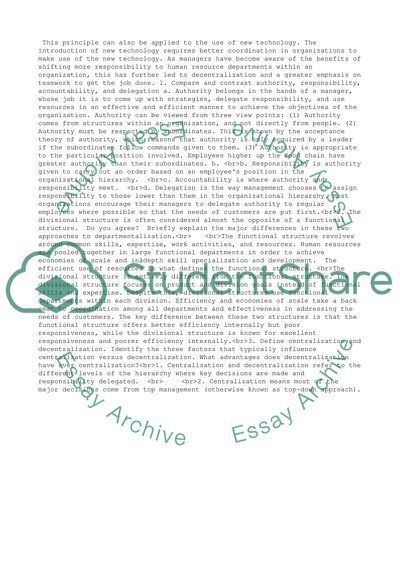Cite this document
(“Work environment Essay Example | Topics and Well Written Essays - 2500 words”, n.d.)
Retrieved de https://studentshare.org/management/1399878-paraphrase
Retrieved de https://studentshare.org/management/1399878-paraphrase
(Work Environment Essay Example | Topics and Well Written Essays - 2500 Words)
https://studentshare.org/management/1399878-paraphrase.
https://studentshare.org/management/1399878-paraphrase.
“Work Environment Essay Example | Topics and Well Written Essays - 2500 Words”, n.d. https://studentshare.org/management/1399878-paraphrase.


